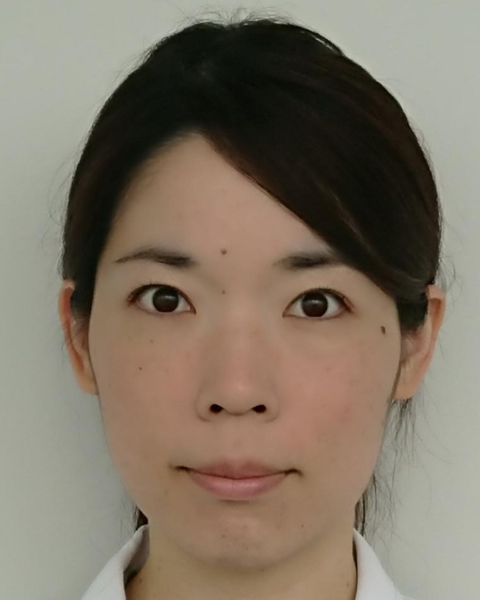2024 Posters
Surfactants and Detergents
Aqueous solution properties of Sophorolipid/bio-based Internal Olefin Sulfonate binary system and potentials for concentrated liquid detergent

Yukiko Tabuchi
Researcher
Kao corporation
Wakayama, Wakayama, Japan
Andrew Hughes
Manager
Kao Specialties Americas LLC
High Point, North Carolina, United States
Presenting Author(s)
Co-Author(s)
Demand for detergents is expected to increase with the growth of the global population and global GDP. While most of existing surfactants are derived from petrochemical feedstocks, the application of biobased surfactants is considered one way to achieve a carbon neutral society. In this context, there is growing interest in biosurfactants as sustainable surfactants, one example being sophololipid (SL). In addition, we have recently developed internal olefin sulfonates (bio-based IOS) from vegetable oils consisting mainly of C16/18 residue. Both SL and bio-based IOS are fully biobased surfactants and synergies between them are expected. In general, in liquid detergent applications, there are issues of liquid crystal formation or precipitation at high concentrations and poor cleaning performance at high water hardness. The former and latter may contribute to reducing the packaging plastics and builders, respectively. In this presentation, we discuss the aqueous solution properties of the SL/ bio-based IOS system as washing agents, aiming to propose a liquid cleaning agent with high biobased rate and high efficiency.
Both SL and bio-based IOS show superior water solubility. And they ensure good detergency even in high hardness conditions and the combination of SL and Bio-based IOS can improve the washing performance compared to sole system. Furthermore, SL/ bio-based IOS mixture does not form liquid crystals and maintains a solution phase until higher concentrations. We think that SL/ bio-based IOS mixtures have excellent hard water tolerance and water solubility, and thus can be used to formulate highly bio-based and highly efficient concentrated liquid detergents.

.jpg)